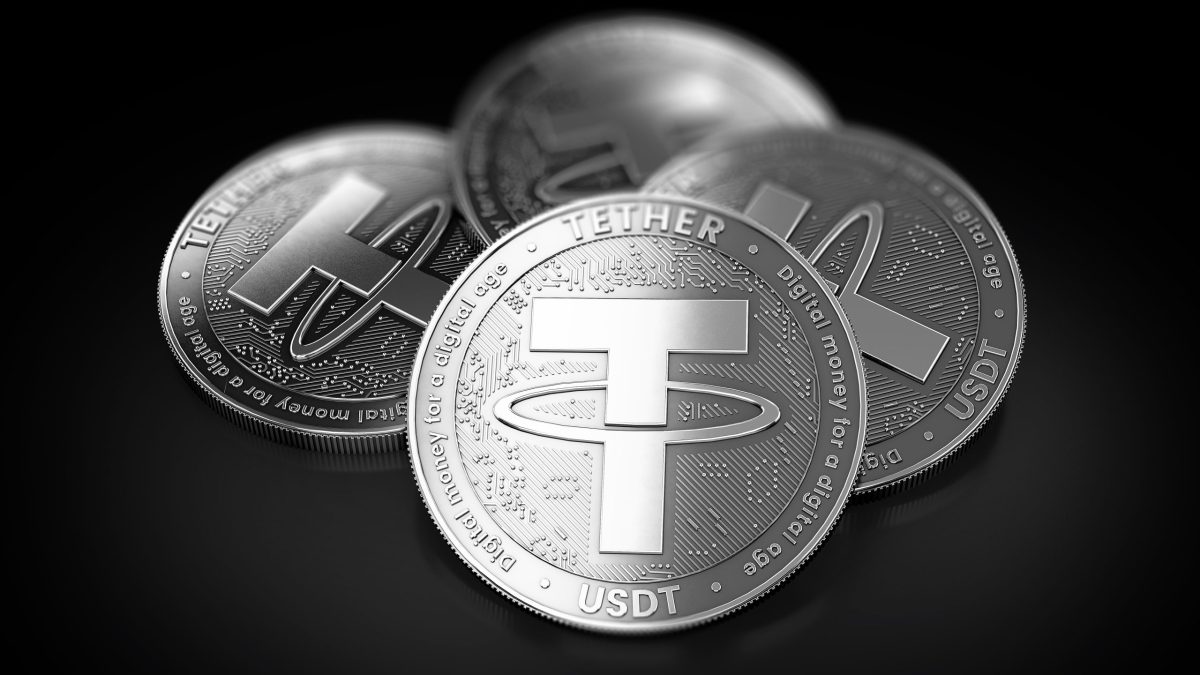While the meteoric rise of Bitcoin grabbed headlines throughout 2024, a quieter revolution was taking place in the cryptocurrency world.
This year, major financial firms and payment processors have turned their attention to stablecoins, a unique type of cryptocurrency designed to maintain a stable value, typically pegged to the US dollar or another traditional currency.
This emerging asset class is rapidly gaining traction as mainstream players such as Visa, PayPal, and Stripe invest heavily in projects involving stablecoins, attracted by their potential for real-world applications and lucrative business opportunities.
The allure of stability: a new era for crypto transactions
Stablecoins are proving to be a lucrative business venture, as issuers invest reserves backing them into short-term US Treasuries, which offer attractive yields.
Unlike the wild price fluctuations of Bitcoin and other volatile tokens, stablecoins are gaining popularity as an actual currency for transactions around the world, this appeal is largely due to their reliability and predictable value.
Rob Hadick, a general partner at Dragonfly, a digital-asset venture firm, told Bloomberg:
We’ve seen significant growth in demand from some of the largest companies in the world that participate in under-served payment verticals like global contractor and employee payouts, trade finance, and remittance. There is both significant demand from end users in receiving US dollars, which can be near impossible using non-stablecoin rails, but also from senders who want to bypass the correspondent banking system which can be slow, costly, and have high failure rates.
Market competition heats up
The coming year is expected to see increased competition in the stablecoin market, which collectively has grown to approximately $205 billion, according to DeFiLlama.
While Tether’s USDT has extended its lead, reaching a current market cap of around $140 billion, regulatory headwinds are emerging as the calendar turns to 2025.
Specifically, the European Union’s Markets in Cryptoassets (MiCA) rules mandate that all stablecoins listed on centralized exchanges must be issued by an entity holding an e-money license.
While Circle Internet Financial Ltd., Tether’s main competitor, obtained such a permit in July, Tether has yet to apply, potentially risking delisting from several EU-based crypto exchanges.
Mainstream players dive Into the stablecoin space
Several US companies are now entering the stablecoin arena.
Visa launched a new platform known as the Visa Tokenized Asset Platform, designed for banks to issue stablecoins and other tokens.
Revolut is also considering launching its own stablecoin, and payments company Stripe recently acquired fintech platform Bridge, which specializes in stablecoin transactions.
Meanwhile, PayPal already has its own dollar-tracking cryptocurrency called PYUSD, created in collaboration with New York-based Paxos.
Augustus Ilag, investment partner and head of Asia at CMT Digital, told Bloomberg:
Stablecoin issuance is an attractive business model today. Many players have woken up to just how attractive this can be, off the back of the success of companies like Circle and Tether. By launching stablecoins, companies gain a new revenue stream, a compelling addition for many businesses looking to diversify their offerings.
He also added that by running on blockchains, stablecoins reduce the transaction costs and improve the efficiency of moving money.
Stablecoins: a bridge to the future
Johann Kerbrat, crypto general manager at Robinhood, told Bloomberg that his company is working with stablecoin issuer Paxos to participate in an open network for stablecoin usage called Global Dollar Network, as “We have a lot of money moving around the platform, like between Robinhood and market makers or other entities, So you can see that the stablecoins have tons of value.”
Of course, stablecoins are not without risks, as demonstrated by the failure of TerraUSD in 2022.
This event wiped out $200 billion from crypto’s total market cap and led to several digital-asset companies going bankrupt.
Regulatory frameworks and future growth
Despite the lack of a unified federal regulatory regime in the US, the EU has made strides with its new MiCA rules, offering clear guidance on stablecoin regulation.
Tarun Chitra, general partner of venture fund Robot Ventures, told Bloomberg:
European governments want fintechs to be more like banks and have Basel-like requirements, which basically kills them relative to other banks since fintechs are like narrow banks. Stablecoins avoid many of those issues, which also make the process automated.
With the crypto markets experiencing a resurgence, many are optimistic about the industry’s potential for growth in 2025.
Anna Yuan, founder of the stablecoin project Perena, noted that “Stablecoins allow them to get into crypto without touching the risky aspects of securities and scammy parts,” positioning stablecoins as a key avenue for non-crypto companies looking to gain exposure to digital assets.
The post Power of stablecoins: what’s driving their $205 billion growth appeared first on Invezz

